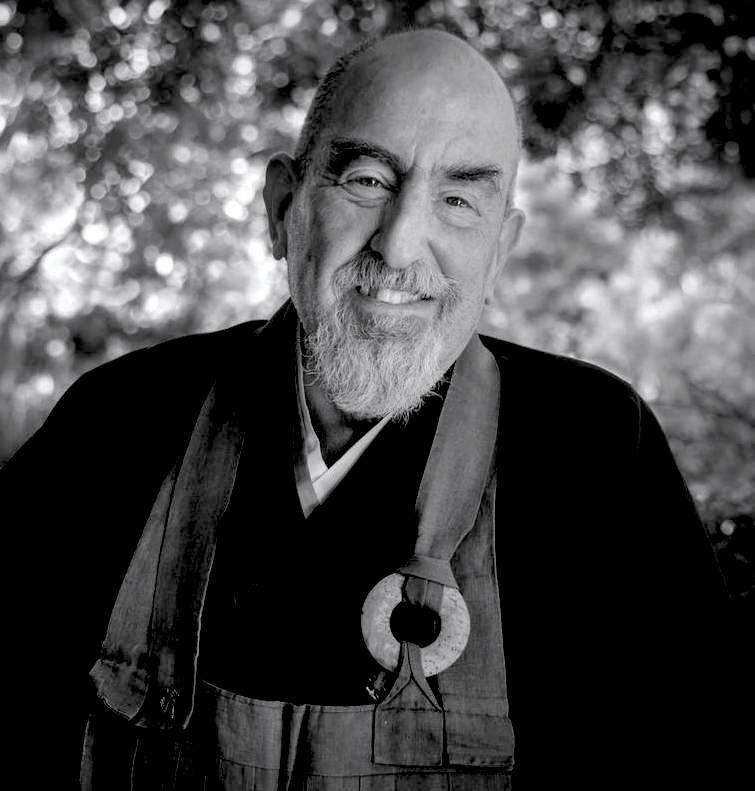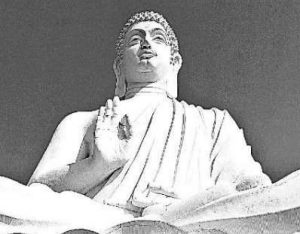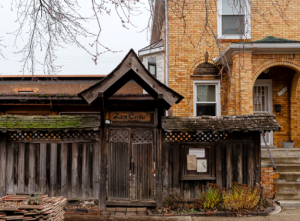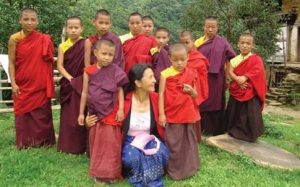With humans no differences of birth
Make a distinctive mark in them.Nor in the hairs nor in the head
Nor in the ears nor in the eyes
Nor in the mouth nor in the nose
Nor in the lips nor in the brows . . .Nor in their color or in voice:
Here birth makes no distinctive mark . . .Distinction among human beings
(Vasettha Sutta, MN 98 & SN 3.9)
Is purely verbal designation.
The murder of George Floyd by Minneapolis police officers on the evening of 25 May 2020 was not a unique event in the long history of police violence against Black people in the United States. But for communities around the country, including many sanghas like our own Berkeley Zen Center (BZC), George Floyd’s death was a point of inflection. Voices in our community—older students and newer members of diverse backgrounds—asked us to consider our communal relationship to race, and how we understand this question in the light of the Buddha’s teachings.
Explorations of race, diversity, equity, and inclusion are not new to Western Buddhist communities. Copies of the paper Making the Invisible Visible: Healing Racism in Our Buddhist Communities were presented to attendees at the Western Buddhist Conference at Spirit Rock in 2000. Other groups offered “unlearning racism” workshops from the 1990s, if not earlier.
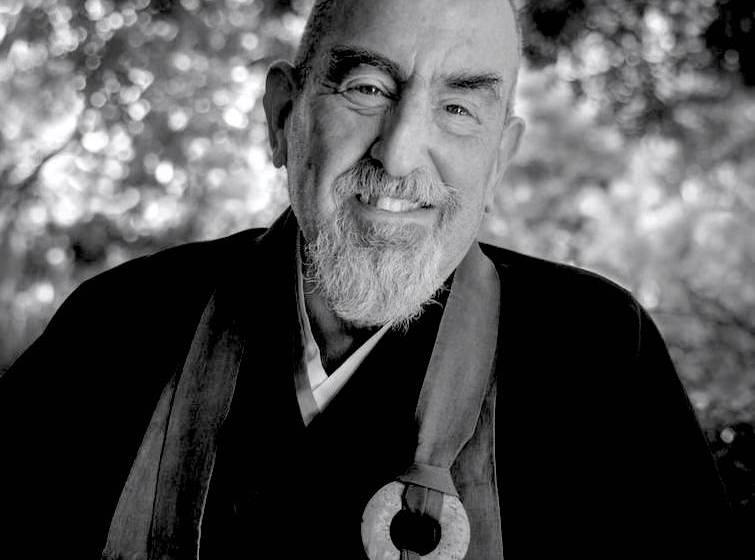
Still, many centers remained what might be described as “white spaces.” In the July 2020 issue of Tricycle magazine, Buddhist scholar Ann Gleig writes:
In their recent study Inclusion and Exclusion in the White Space: An Investigation of the Experiences of People of Color in a Primarily White American Meditation Community, Buddhist teacher and psychologist Craig Hase, and psychologists James Meadows and Stephanie Budge, adopted sociologist Elijah Anderson’s concept of “the white space” to better understand how white experience and values become established as the norm.
(Tricycle)
What this means is that although our center had and has members of Black, Latinex, and Asian-American heritage, the normative culture was white-centered, despite our practice of Soto Zen Buddhism with its clear Japanese roots. After George Floyd’s death, senior BZC members began to ask BIPOC about their experiences within the temple gates. It was painful but not surprising that virtually every BIPOC person we spoke with had encountered some kind of “othering” in the course of practice at BZC. In almost every case, these encounters—call them micro-aggressions or just plain aggressions—were not intended to be hurtful. They might be awkward expressions flowing from members’ unconscious bias of white supremacy. Nevertheless, their impact on BZC members-of-color was truly hurtful, adding to the daily weight of racism experienced by people-of-color in the US.
Still, when some of us witnessed these painful interactions, we did not know how to respond skillfully, how to be anti-racist allies for our sisters and brothers. Often, we remained silent, which just deepened the injury.
Sangha leaders began to study and look for tools by which those of us in the “white space” could understand how to respond to racialized comments—even when unintended—and how to recognize the unconscious bias that we inevitably carried from growing up in a society marked by racism. In the long run, we intend to address the many structural issues—including leadership, administration, and the training of teachers—that determine our center’s relationship to the wider community and society. We look at what other sanghas around the US and here in the Bay Area are doing to develop Buddhist approaches to diversity, equity, inclusion, and accessibility.
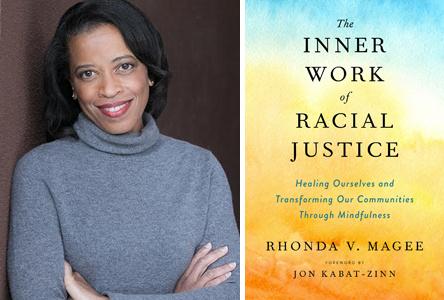
In October of 2021, the Soto Zen Buddhist Association, collaborating with the East Bay Meditation Center, led a five-session program titled “Many Communities, One Sangha: Exploring the Reality of Equity & Inclusion” (MCOS) taught by Mushim Ikeda and Crystal Johnson—teachers and leaders at EBMC—and Rhonda Myozen Magee, professor of law at the University of San Francisco and author of The Inner Work of Racial Justice: Healing Ourselves and Transforming Our Communities Through Mindfulness (TarcherPerigee 2019). MCOS was designed as a grassroots and experiential approach to the creation of equitable, inclusive communities, addressing a breadth of questions:
• What do we mean by equity, and what values, intentions, and commitments drive our pursuit of equity?
• What kind of sangha might offer safety, dignity, and belonging to a diverse community?
• What does it mean to be in “right relationship” to hierarchy and authority in our communities?
• How do we work with the intensity of emotion and pain that arise when we are intimate together?
• How do we handle the potential loss of “traditional” ways and forms?
• How do we handle the harm that has already arisen (and continues to arise) so that we can move forward in a different way?
Working with the Soto Zen Buddhist Association Berkeley Zen Center has taken on MCOS as an 11-month program, which we will offer twice in 2023 and 2024. We are well begun, with 33 BZC members participating this year. Monthly meetings of the whole cohort are supplemented by intimate small-group meetings, also monthly. We are truly fortunate that Rhonda Magee, herself a Dharma Holder in the Soto Zen tradition, meets with us bimonthly to help us with practice the experiential skills we have studied.
***
My column is incomplete because our work is incomplete. The MCOS program at Berkeley Zen Center is up and running, but it is much too soon to see where it will lead our sangha. It is safe to say that we will stumble at times, because the dismantling of racism in society and in our sanghas is a slippery course. It takes courage and determination to walk the paths of liberation.
Hozan Alan Senauke
Berkeley, California
January 2023
See more
Berkeley Zen Center
Clear View Project
International Network of Engaged Buddhists
Making the Invisible Visible: Healing Racism in Our Buddhist Communities (Insight Meditation Society)
Buddhists and Racial Justice: A History (Tricycle)
Related features from BDG
It Is Time for Justice and Freedom for Jarvis Masters
The Tangles
Living in the Saha World



